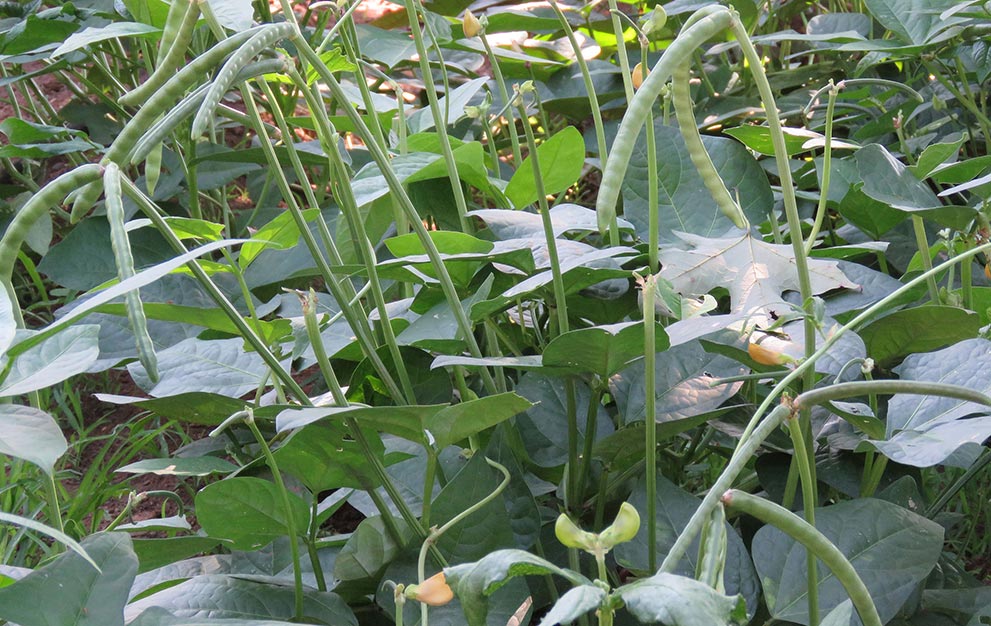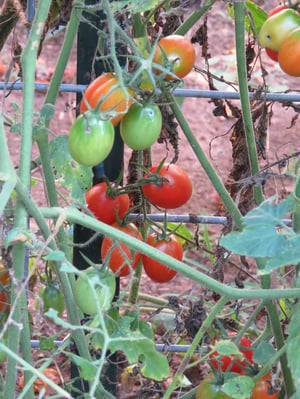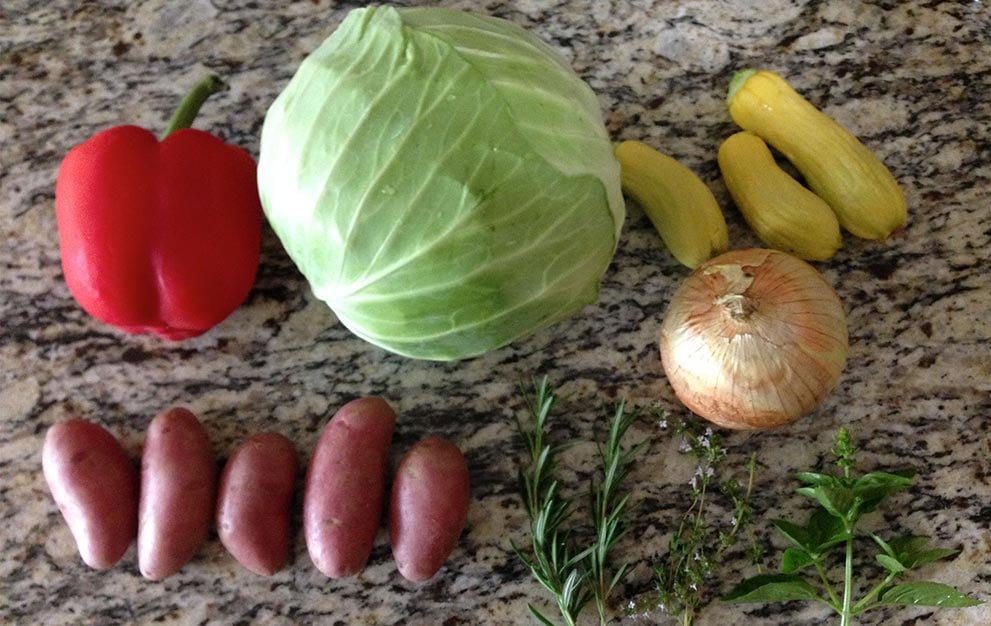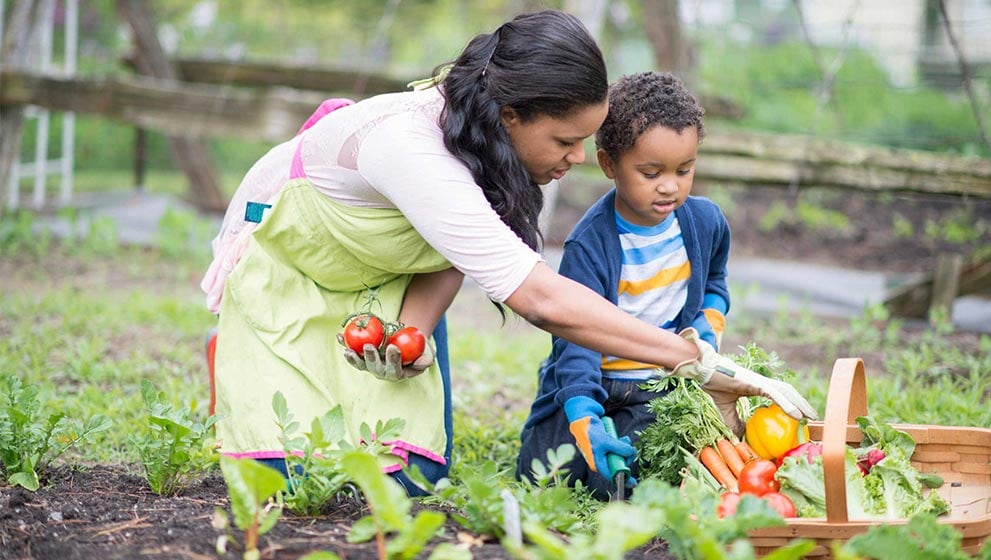If you have a small garden and are not satisfied with the amount of vegetables that you can produce in a limited area, there are some practical steps that you can take to improve your gardening results. With the right research and preparation, you will be amazed at the potential of the yield increase in your garden.
7 Tips to Increase Garden Harvest
Here are seven tips that will get you on your way to becoming the neighborhood gardening expert:TIP 1: TEST SOIL PH
Different vegetables prefer different pH levels, but for most home gardening a 6.5 pH will meet the needs of the largest range of vegetables. The majority of plants do well in the 6.0 to 7.0 range, which is slightly acidic to neutral.Soil may be tested by your local cooperative extension service, or for less than $20 you can purchase a pH meter or a small test kit.
Once you determine your soil pH, you can alter it by adding lime to acid soil or gypsum or sulfur to alkaline soil. With a little research, you can determine what amount is needed to make the proper adjustment.
Tip 2: Consider Adding Soil Amendments
Adding organic matter will create a rich loam that is more conducive to plant production. This can be from a compost heap, clean leaves from the yard or other organic waste. Don't add weeds that may have seeds, vegetable scraps with seed or similar items that can create problems later on.Sand can be added to heavy clay soil to make it more porous. This will also minimize compacting when you till or walk in the garden.
Tip 3: Use Plastic Ground Cover
If you experience a dormant period when all or part of the soil is not being utilized, consider covering it with black plastic. This method, specifically for parts of the garden where you’re not currently trying to grow something, will trap heat, causing weeds, grass and vegetable seeds to germinate and then die under the plastic. When you get ready to prepare the soil for planting, there will be no weeds and soil preparation will be simplified. Learn more in our article about “tarping” to prevent weeds.

Tip 4: Plant Early
Don't procrastinate—get your crops in the ground as soon as possible. This will accomplish several goals. You will gain a few days by having crops mature earlier. This will allow rotation of crops. For example, if you plant green beans early, you can remove the plants as soon as they become unproductive and follow up with crowder peas or other late crops.We are fortunate in the South to have a long growing season, but if you are in doubt about when to plant, you can go online to a site like this one offered by the Old Farmer’s Almanac and determine the first and last frost dates by zip code. With this information in hand, you can decide whether to risk planting at a certain date. If you plant early and frost kills the newly germinated plants, it is discouraging. But if you are successful, it is well worth the risk. Seed is relatively inexpensive and replanting is not a great chore after the soil has already been prepped.
Tip 5: Plant Cold-Hardy Vegetables
You can increase your yield by selecting cold-hardy vegetables and planting them when you cannot grow more tender varieties. Examples of plants that can tolerate colder temperatures include cabbage, lettuce, greens, turnips, carrots and collards. These are only a few of the delicious vegetables that can be planted in the "off season" to supplement your garden.Another way to extend your growing season is to utilize row covers. These may be plastic or fabric and each type has merits. These covers will hold in warmth and will keep direct frost off plants, allowing you to grow vegetables much later into the colder season.

Tip 6: Go Vertical
Many crops such as cucumbers and melons may be trained to grow on a trellis or something as simple as a section of wire staked upright to serve as a makeshift trellis. Most of us stake tomatoes or tie them up on a trellis, but other vegetables are candidates to this treatment as well.These crops can be grown along a fence-line or on the edge of the garden and will require minimal space when grown vertically. In the case of melons, due to their weight, they may need to be supported with mesh (or old hosiery) tied to the trellis or wire.
Tip 7: Avoid Waste
Try to pick vegetables at their peak. Preferably, pick them in the morning when they are cool to avoid hastening spoilage. Refrigerate when necessary and can or freeze surplus to preserve and enjoy them in the winter months. Canning and freezing is much easier than many would think and—on a cold winter night—delicious veggies from the summer garden are a real treat.
Most agricultural colleges and many online resources will walk you through the steps of how to can and freeze vegetables, and it is time well spent.
Also, it is good to share with your neighbors if you have surplus items. Most of them will welcome the addition of home grown vegetables to their diet.
All photos except top image by L. Woodrow Ross.





.jpg)




















